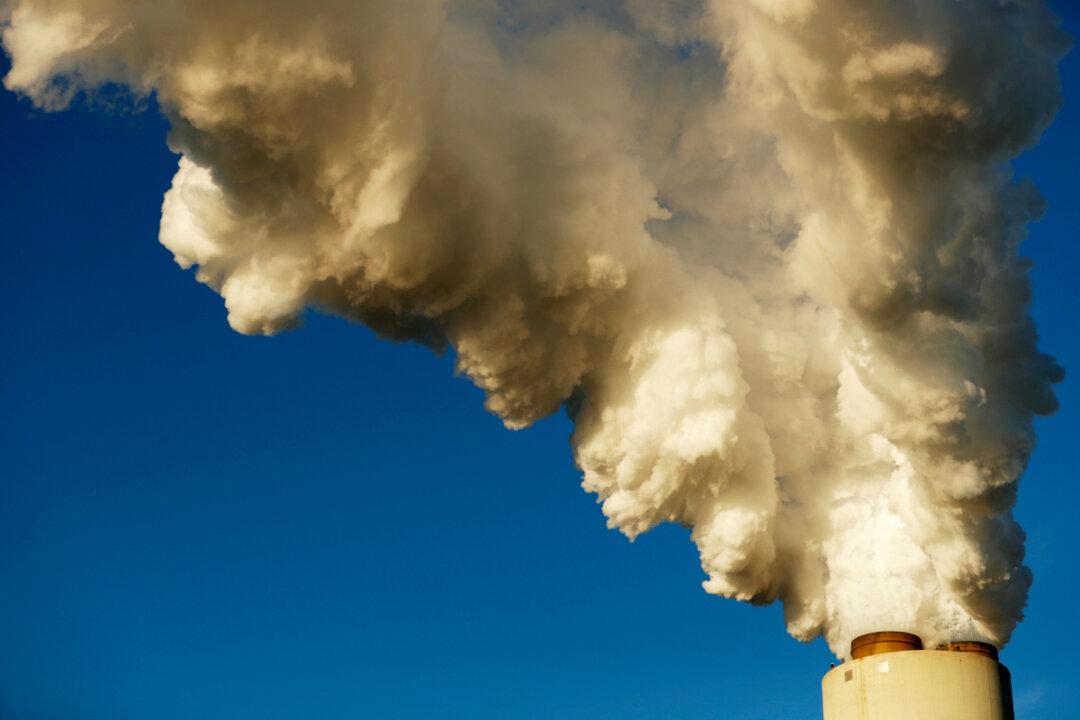The Trump administration finalized a new carbon emissions rule for U.S. power plants on June 19 that it said could cut pollution without damaging the coal industry, replacing a much tougher Obama-era version.
The move was a boost to coal companies facing tough competition from natural gas, solar and wind energy suppliers.





